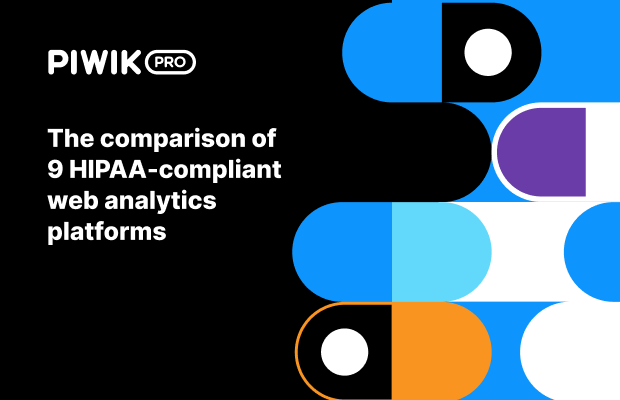The GDPR (General Data Protection Regulation) entered into force on May 25, 2018. It is Europe’s digital privacy regulation. It states that companies have to obtain the consent of Data subject s to store and process users’ personal data.
The European Commission prepared the GDPR, which replaced the outdated 1995 European Data Protection Directive. The idea behind GDPR is to provide individuals with full control over their personal data. It aims to strengthen and unify the rules of data collection from individuals within the European Union.
In the GDPR era, Personal data is not only name, photo, address, phone number or email address. It also includes the following data:
- Biometric and genetic data
- Economic status
- Cultural and social identity
- IP address and geolocation
- Device ID
- Cookies
- Pseudonymous data
Read more about Data controller s, Data processor s or Data processing agreement s.
Visit the Piwik PRO blog to dive deeper into GDPR-related articles.









